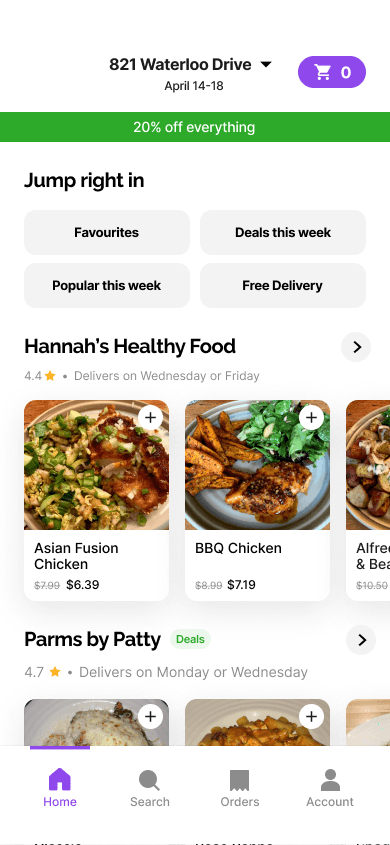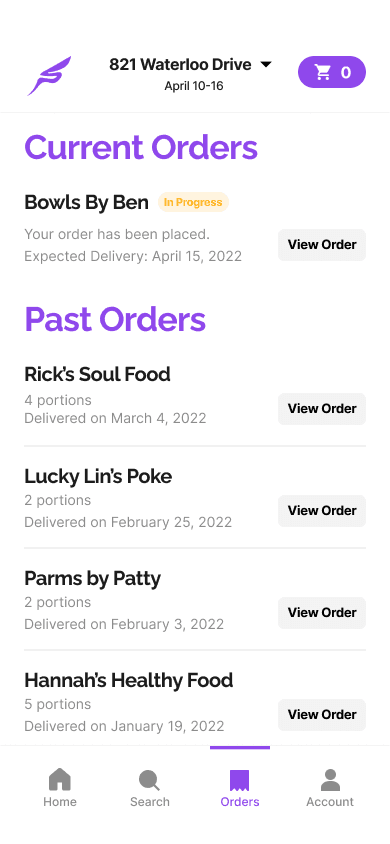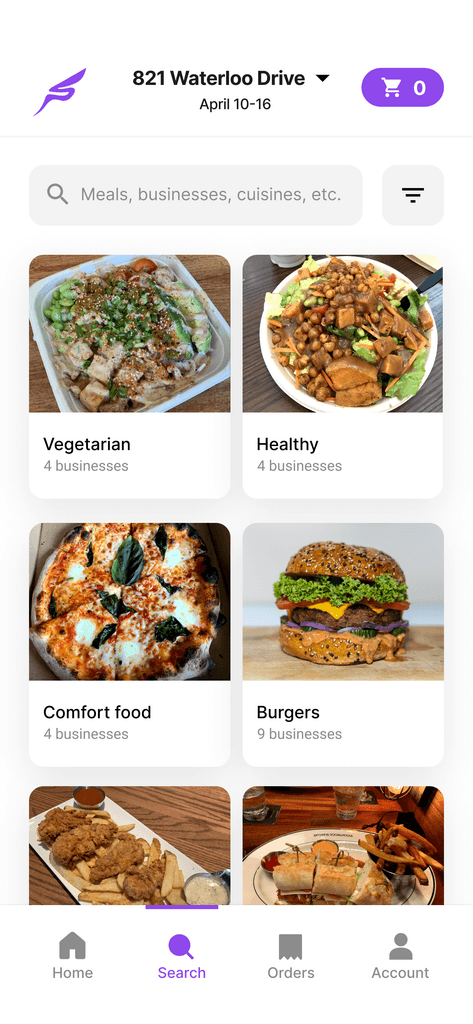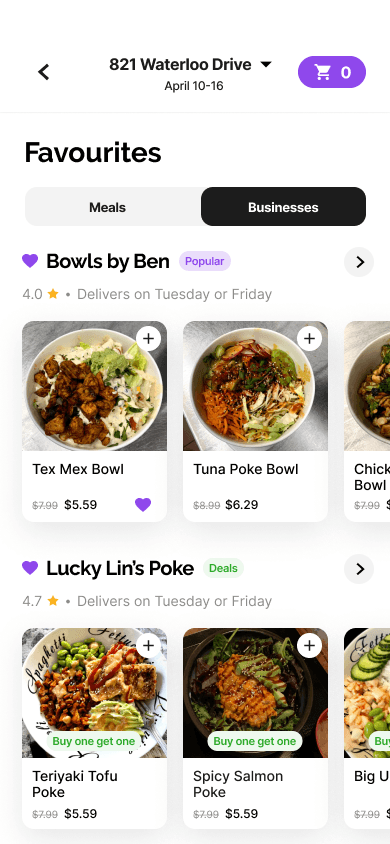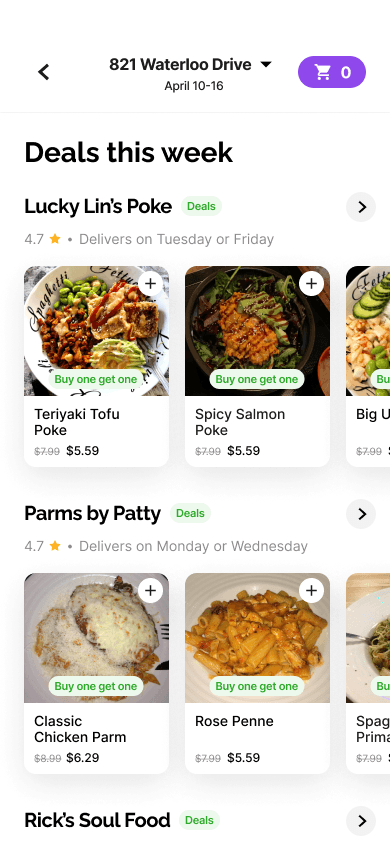HeavenSent
Making Meals Accessible for All Students
How might we reduce food insecurity among postsecondary students and make food more accessible for lower-income individuals?
Timeline
From research to final designs in 4 months
Background
When looking at this project’s prompt, ‘Reducing Inequalities,’ as a team we chose the inequality many of our peers can find themselves struggling with. When researching the issues affecting student communities, food insecurity is one of the most common inequalities on post-secondary campuses.
This leads us to our main question: how might we reduce food insecurity among postsecondary students and make food more accessible for lower-income students?
This category details the step-by-step approach taken during the project, including research, analysis, design, and validation.
Research
We began with a competitor analysis, analyzing existing organizations and programs that provide food assistance to individuals and communities in need. This was followed by surveys and interviews with postsecondary students to gather insights into their financial constraints, awareness of resources, and perceptions of stigma around food insecurity.
Analysis
Key findings revealed that while many students were aware of existing resources, they often felt embarrassed to seek help, worried about taking resources away from others who might need them more, and primarily desired more affordable meal options.
Recognizing that stigma cannot be eliminated overnight, we shifted focus on designing a solution that minimizes the need for in-person interactions. We decided to pursue a food delivery app, allowing students to access affordable meals discreetly from the comfort of their homes.
By partnering with community-driven initiatives and local restaurants, the app could offer discounted meal options specifically for students, addressing their needs while promoting accessibility and inclusivity.
Design
Using insights from our analysis, we began sketching ideas to address key user needs, focusing on discreet meal access, affordable options, and a simple interface. These sketches evolved into low-fidelity wireframes, highlighting core features like signing up with student discounts
To maintain consistency and streamline the design process, we created a comprehensive design system for the high-fidelity prototype. This included a cohesive color palette, typography, and UI components optimized for accessibility and simplicity.
Validation
To validate our designs, we utilized UserZoom to conduct remote usability testing with students. Participants were tasked with completing key actions, such as browsing discounted meal options and placing an order.
Their feedback highlighted areas where the flow was seamless and where improvements were needed, such as clarifying the discount application process. These insights allowed us to make data-driven refinements, ensuring the app met user expectations and provided a frictionless experience.
The solution is a user-friendly food delivery app that connects students to affordable meals through community-driven discounts
Discounted meals
The discounted meals feature provides students with access to exclusive, community-supported meal deals from local restaurants, ensuring affordability without compromising quality.
Favourites
Allows students to save their most-loved meals and restaurants for quick and easy reordering.
Deals this week
Highlights exclusive, even deeper discounts on meals tailored to individual preferences and order history, helping students save even more.
Here, the outcomes and achievements of the project are highlighted
What I learned
This project taught me that food insecurity among students is not just about a lack of resources but also about deeply rooted emotional and social barriers. Even though students were aware of available resources, feelings of embarrassment and the fear of taking resources away from others highlighted the importance of creating a solution that prioritizes discretion and autonomy.
By conducting user research and iterative testing, I learned how crucial it is to strike a balance between meeting functional needs (like affordability and simplicity) and addressing emotional needs (such as preserving dignity and reducing stigma). Additionally, leveraging partnerships with community initiatives and local businesses proved that collaboration can amplify the impact of a solution without overburdening the user.
What I would do differently?
If I were to approach this project again, I would involve stakeholders, such as local restaurants, nonprofits, and campus organizations, earlier in the research process to better understand their capabilities and constraints. Their insights could have helped us design a more scalable partnership model for the app.
Next steps?
Potential next steps could be incorporating a "community feed" where students can share tips, recommendations, and local food resources, fostering a sense of connection while maintaining the app’s discreet nature.
